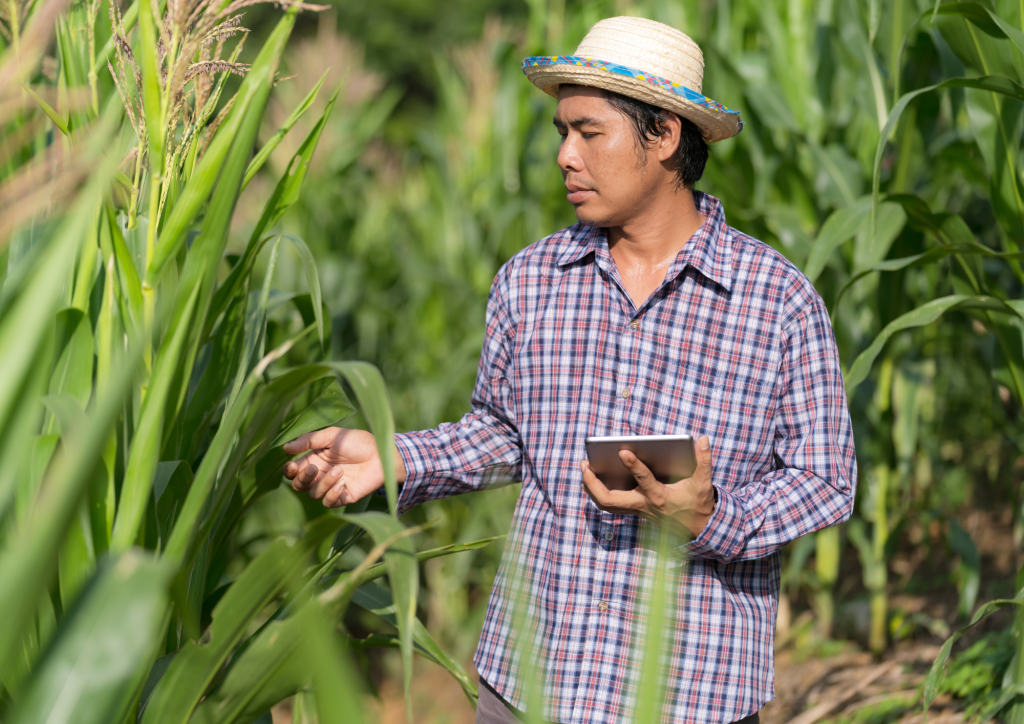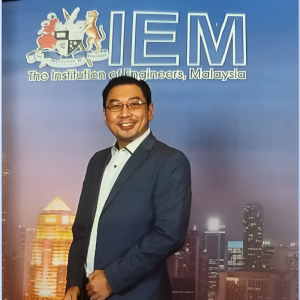The global agricultural landscape is undergoing a profound transformation, driven by a convergence of technological advancements, innovative engineering practices, and the disruptive force of the Industrial Revolution 4.0 (IR4.0).
In this report, we embark on a comprehensive exploration of how engineering, coupled with the Internet of Things (IoT) and IR4.0 technologies, can catalyse a revolution in agricultural practices. By delving into the challenges faced by the sector and examining cutting-edge solutions, we aim to underscore the potential of green energy integration to reshape the farm of tomorrow.
Background and Existing Conditions
Agriculture, as one of the most vital pillars of global society, is grappling with an array of pressing challenges. These challenges are exacerbated by factors such as population growth, climate change, resource depletion, and food security concerns. In the face of these complexities, engineering, alongside IoT and IR4.0, presents an avenue for transformative change. The integration of these elements holds the promise of optimising resource utilisation, increasing productivity, and reducing the environmental carbon footprint of agricultural practices.
Objective and Intentions
The overarching objective of this report is to spotlight the transformative potential of engineering-driven solutions within the agricultural landscape. We seek to explore how the integration of green energy solutions, in conjunction with the principles of IoT and IR4.0, can reshape agricultural practices for a more sustainable and productive future. Furthermore, our intention is to underscore the critical role of engineering in constructing a more resilient and environmentally conscious built environment. Most importantly, the buzzword is sustainability!
Current Problems and Potential Solutions
In Malaysia, water is abundant, but our carbon footprint is high due to deforestation. Pesticides in water and clean water scarcity pose a significant obstacle to sustainable agriculture. The imbalanced distribution of water resources necessitates innovative solutions. Engineering, through the utilisation of IoT and data-driven insights, empowers farmers to make informed decisions about irrigation. By optimising water usage based on real-time conditions, the agricultural sector can achieve enhanced water efficiency, bolstered crop yield, and a more robust response to water scarcity challenges while reducing carbon footprint using optimisation tools and decision-making software.
Green Energy vs. Carbon Capture
Green energy solutions encompass solar, wind, and bioenergy sources that provide a renewable and sustainable alternative to conventional fossil fuels. These sources not only reduce greenhouse gas emissions but also pave the way for energy independence within the agricultural domain. On the other hand, carbon capture technologies focus on mitigating emissions through innovative capture and storage mechanisms. While green energy offers immediate benefits in emissions reduction, carbon capture holds promise for addressing historical emissions and aligning with long-term sustainability goals.
Air Pollution and Pesticide Exposure
Air pollution resulting from agricultural activities contributes to respiratory diseases and environmental degradation. Pesticide exposure, a critical health concern, poses risks to both agricultural workers and consumers. Engineering interventions such as advanced air quality monitoring systems and the implementation of integrated pest management strategies offer multifaceted solutions. These measures not only safeguard human health but also enhance the sustainability of agricultural practices.

Engineering Solutions and Ethical Considerations
Engineers play a pivotal role in mediating the challenges of agricultural sustainability. They are tasked with designing solutions that balance productivity, efficiency, and ethical considerations. Ethical dilemmas arise when optimising crop yield intersects with environmental conservation or genetically enhanced crops. The responsibility lies with engineers to navigate these dilemmas and ensure a harmonious balance between technological advancement and societal well-being.
Examination of Engineers’ and Professionals’ Roles
Professional engineering bodies wield significant influence in shaping the trajectory of engineering practices. Their roles extend to addressing engineering challenges and fostering responsible, sustainable solutions.
Professional Bodies’ Impact
Prominent engineering organisations, including BEM, IEM, IEEE, IEC, and others, contribute to the advancement of responsible engineering practices. Through the formulation of standards, guidelines, and codes of ethics, these bodies establish a framework for engineers to address challenges in a manner that prioritises sustainability and safety.
In the rapidly evolving landscape of agriculture, the integration of engineering principles, IoT technologies, and the Industrial Revolution 4.0 marks a transformative paradigm shift. This report has embarked on a comprehensive journey, delving into the potential of integrating green energy solutions into agricultural practices to shape the Farm of Tomorrow. By addressing key challenges and opportunities, engineering emerges as the linchpin that holds the potential to revolutionise the way we approach food production, resource management, and environmental stewardship.
This author thinks that as engineers assume the mantle of change agents, ethical dilemmas loom large. Balancing the imperatives of increased productivity, resource optimisation, and ethical responsibility requires a delicate equilibrium that engineers must navigate.
As we look to the horizon, the Farm of Tomorrow stands as a testament to human ingenuity, a realm where the seeds of engineering bear fruit in the form of a more sustainable, resilient, and prosperous agricultural sector. The journey continues, guided by the unwavering commitment of engineers, professionals, and stakeholders to create a future where technology and nature coalesce for the betterment of our world.

About the Author:
IR KENNETH YEOH
Senior Lecturer, Chemical Engineering, Faculty Of Engineering, Built Environment & Information Technology, SEGi University
Ir Kenneth earned his Bachelor of Chemical Engineering from The University of Adelaide, South Australia, in 1999. Commencing his lecturing career in 2017, he brings a wealth of expertise as a Professional Chemical Engineer registered with the Board of Engineers, Malaysia (BEM). Additionally, he holds registration as an associate engineer with AFEO. Ir Kenneth served as the Secretary for the Environmental Engineering Technical Division (ENETD) within the Institution of Engineers Malaysia (IEM). Further demonstrating his commitment to professional development, he was appointed a Professional Interviewer to assess pending graduate engineers for qualification as Professional Engineers with IEM. With over 18 years of industrial experience, Ir Kenneth has excelled in the design, construction, operation, and maintenance of pollution control plants, particularly in the latex/glove manufacturing sector and water treatment for the food industry. His extensive background includes effective liaison with the Department of Environment Malaysia (DOE) to secure approvals for the installation of pollution control plants.

